This turnout has been a pain in my neck for some time; some
days seems like everything is happy, then on tiger days nothing seems to make a
full circuit without hitting dead track.
Turns out my choice of location for a frog power feeder was
all wrong (and it was a poor job of soldering!). Just past this connection,
between it and the frog, is a manufacturer supplied owner gap. So no power was
getting anywhere near the frog. Since I bought the turnouts second hand, I did
not gave any documents explaining things.
Here's the offending part:
While preparing to replace the turnout after a soldering
mishap (to bridge the gaps) I discovered a metal fitting on the bottom,
presumably to hold the frog assembly in place. I managed to attach a feeder
wire to it, and job done. Solid, working electrical connection completely out
of sight!
Armed with new knowledge I proceeded to the next instance of
trouble; in this case, bad advice from the Internet, about cutting gaps. As I
have learned, the gap is already there, so they, and the insulated rail joiners
on the frog rails, are not necessary.
Also, part of the plan is to swap the Cicuitron Tortoise
motors for servos, making storage a lot easier as the vertical footprint is
significantly reduced.
So I set my sights on replacing this entire crossover:
Removing them was the easy part; removing the track and
scenery while trying to preserve the scenic features away from the track was a
pain.
Getting back to a connected loop:
I replaced all of the removed trackage, and secured it in
place with PVA well away from the moving parts. After everything dried I
installed three new sets of feeder wires, one at each of the two point ends of
the turnouts, and the third on the main rout of the front turnout. There are
four blocks on the lift out, but all are connected with other track off the
lift out. It's logical, and saves me running extra wiring and the bus for
power. Four sets of connections for track power, and one for the turnout motors
is complicated enough. Besides, the next big project is motorising the crossing
gates...
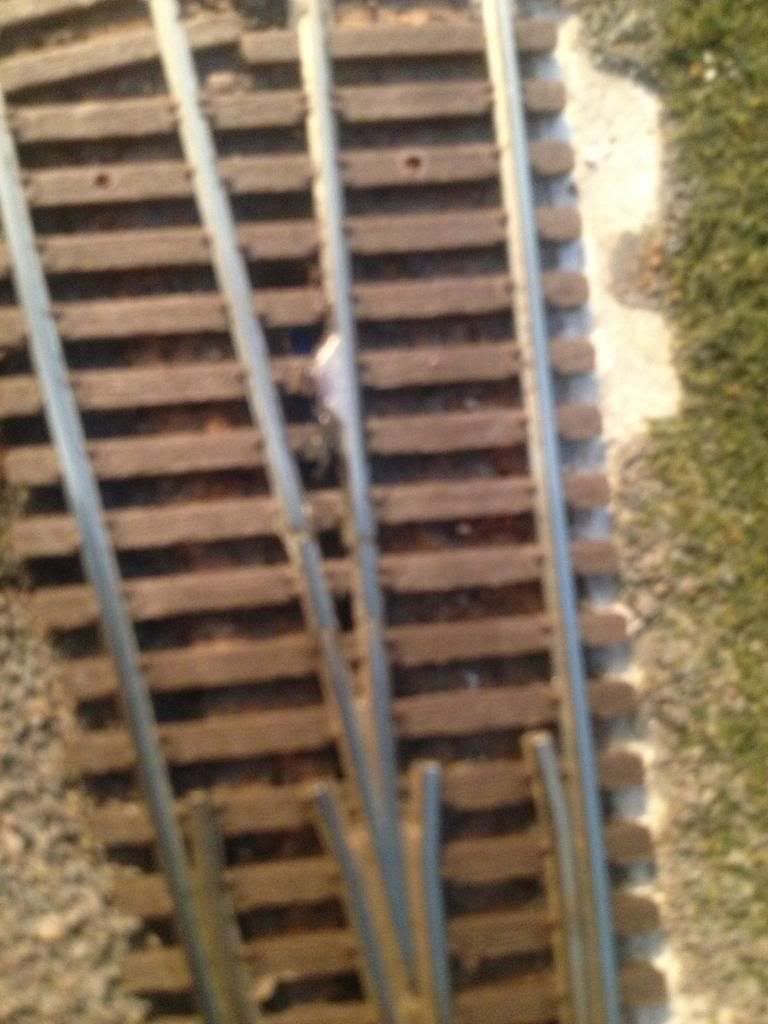
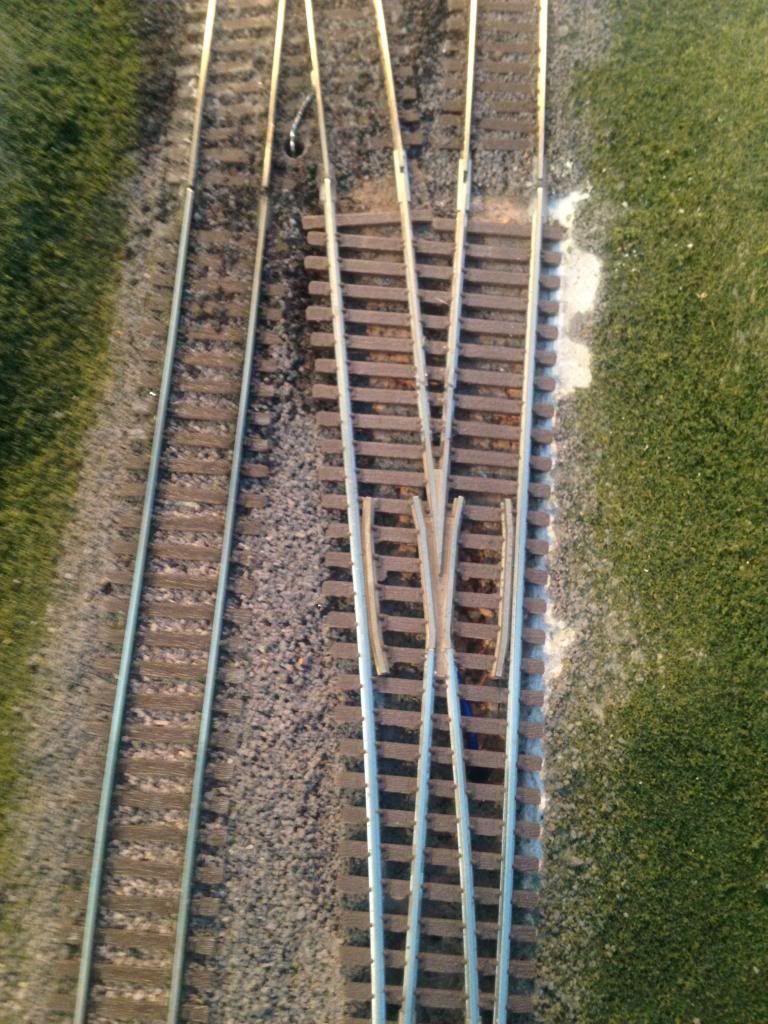
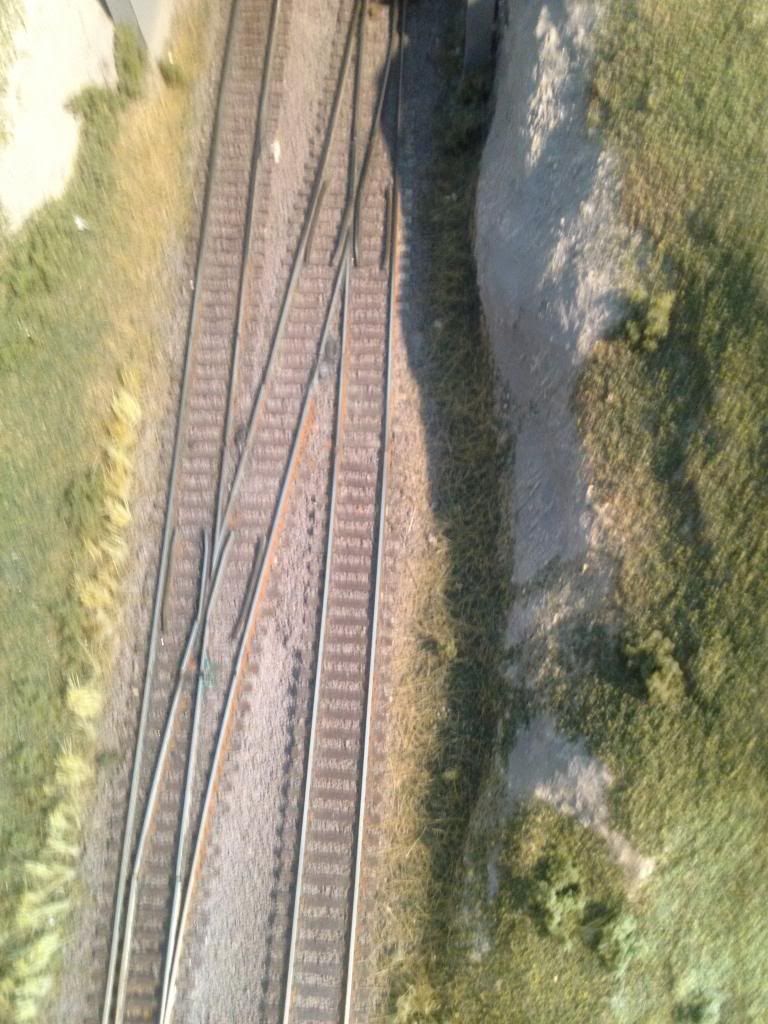
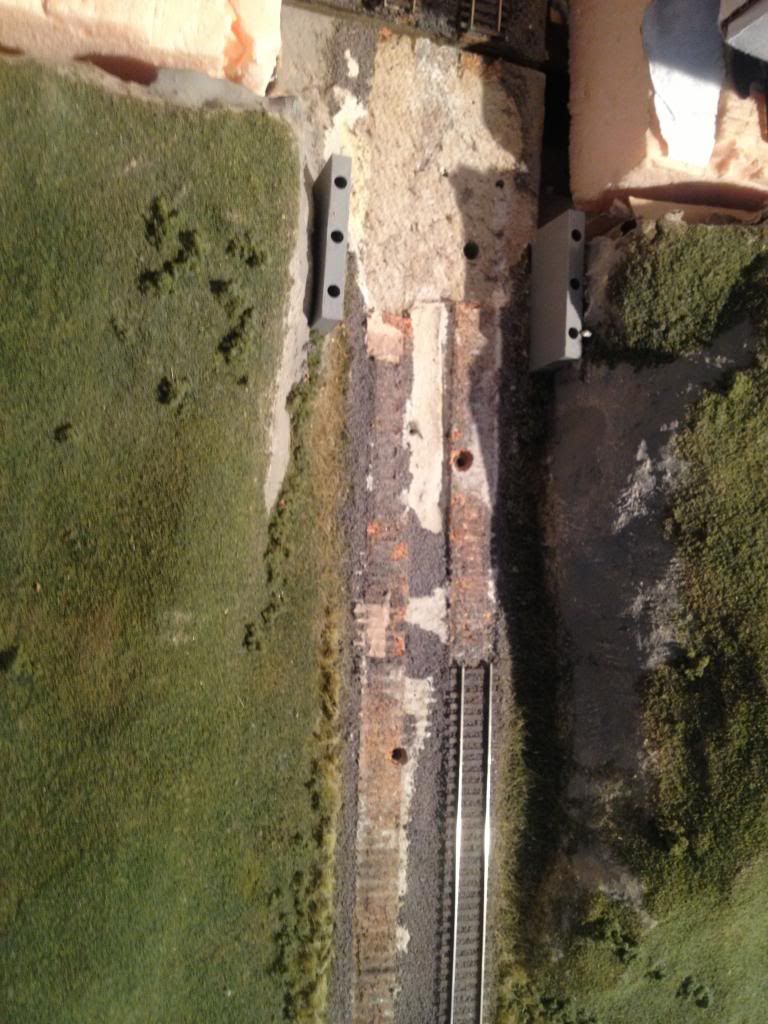
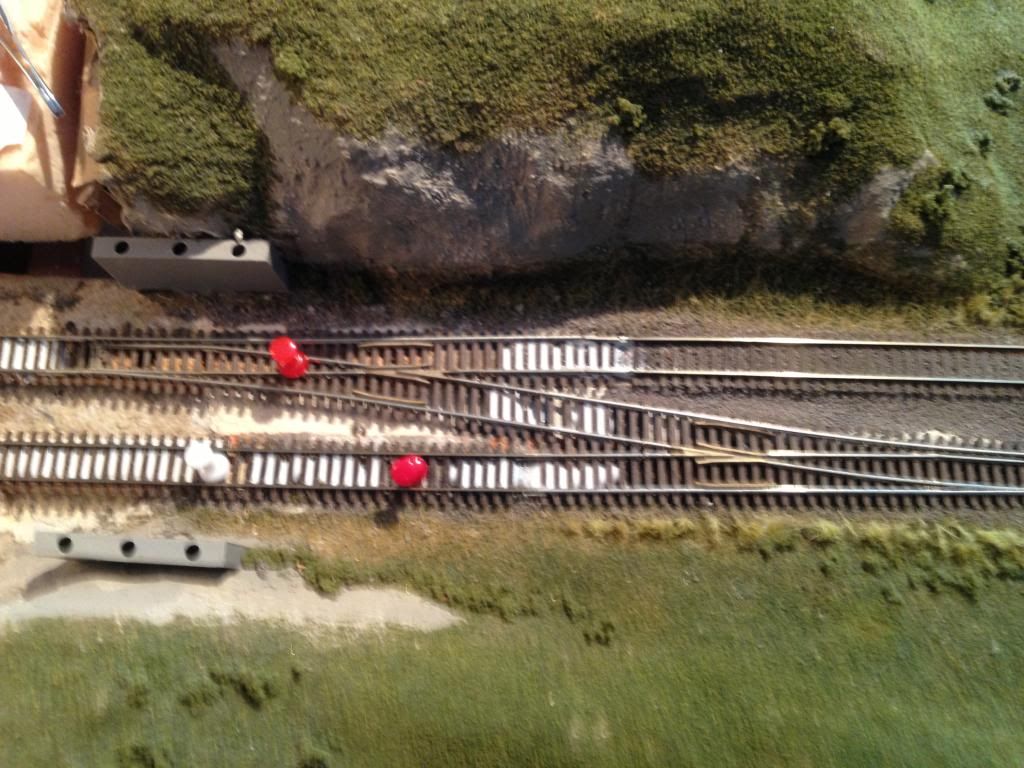
No comments:
Post a Comment